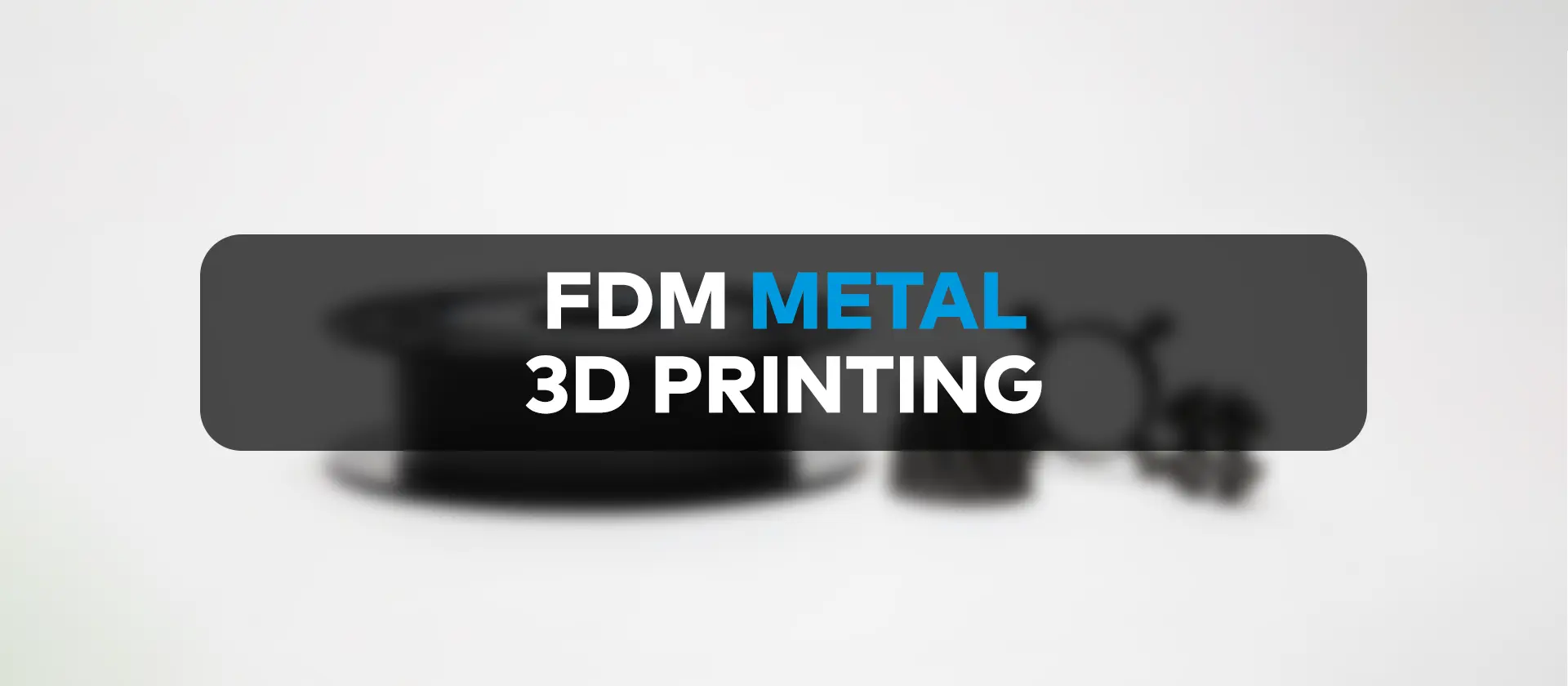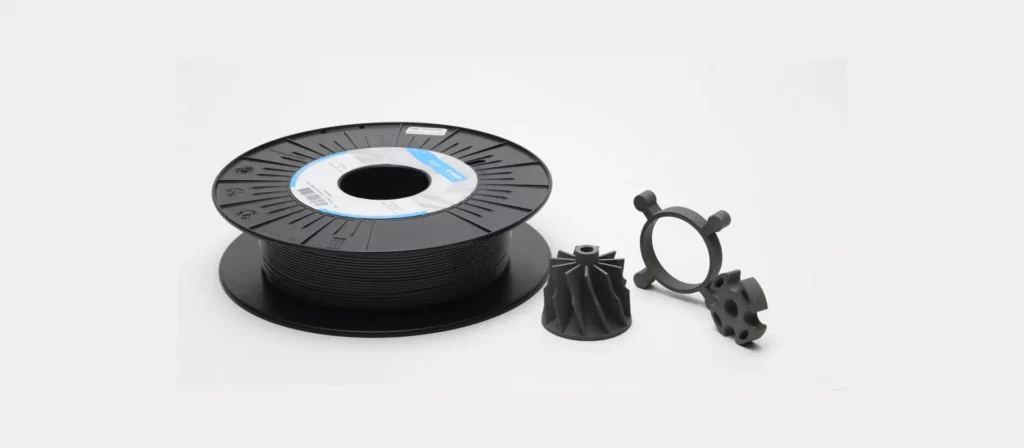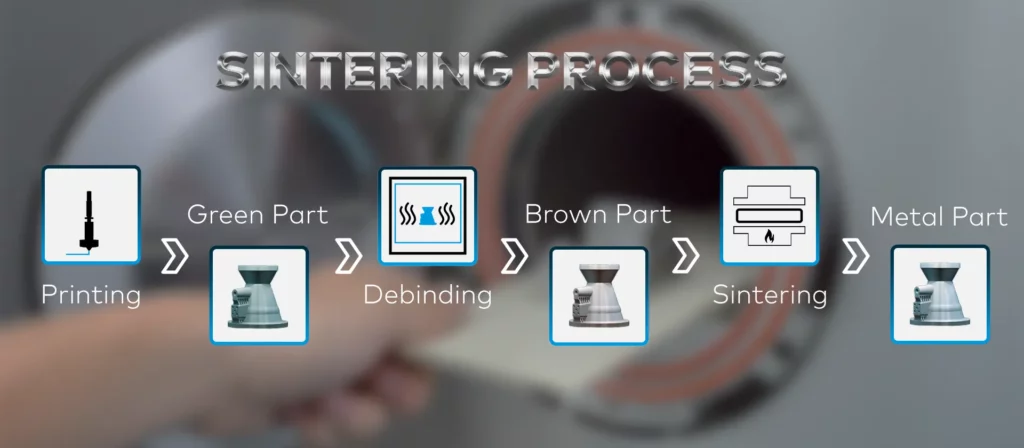
FDM Metal 3D Printing with 316L
3D printing or additive manufacturing is an umbrella term used for manufacturing methods that involve turning a digital file into a 3D object from scratch. The method gets divided into sub-categories depending on the technology used to manufacture the said 3D object.
FDM or FFF, which is the most popular 3D printing technology, is often thought to be limited to manufacturing with thermoplastics. Printing with metal is often associated with 3D printing methods like powder bed fusion, but thanks to the new metal filament options like 316L, FDM metal 3D printing is now easier than ever.

FDM Metal 3D Printing
FDM 3D printing with metal is not unheard of. 3D printers have been able to use metal filament for a while now and have been getting great results with the method, improving the performance each year. But the novelty of FDM 3D printing with metal was only possible for devices that were specifically designed to do so.
One of the biggest advantages of FDM 3D printing is the fact that we often use materials that are very easy to work with. Thermoplastics like PLA and ABS have relatively low melting points and their competitive price points make working with them risk-free.
This is not the case when working with metals. Melting a metal like copper and extruding it through a nozzle is not as easy as doing it with a thermoplastic. The melting point of these metals is much higher than most plastics and the printers that can use them require a heated print chamber to prevent the metal from solidifying.
That’s why metal 3D printing has been an entirely different thing from standard FDM/FFF 3D printing. Due to the difficulty of these metals, FDM 3D printers have been using engineering plastics like PEEK and PEKK as an alternative when a strong material is needed.
For more on industrial filaments, read: A Guide to Industrial Filaments

316L: An Accessible Metal Filament Alternative
316L is a great filament if you want to 3D print using metal with a run-of-the-mill, consumer-level FDM/FFF 3D printer. As a low-carbon stainless steel type, 316L makes it possible to 3D print metal parts for most of the additive manufacturing community without needing a different 3D printer.
With 316L manufacturers can also 3D print functional prototypes of end-use products to see how these designs would work in practice. This eliminates the need for a molding process for injection molding to test the product with a similar material it is going to be mass-produced with, which saves a lot of money for the manufacturer in the progress.
Admittedly, the post-processing for these parts can be a little laborsome. But the end product is something that you would not be able to print with an FDM device, which makes the hassle worth it in the end.

Post-Processing 316L Printed Parts
Parts printed with 316L need to go through post-processing to be able to be used at their full capacity. The print you get is “green” in the beginning. These parts will only be ready after a two-step debinding and sintering process.
Debinding
Your green part will have a fair amount of binding agent in them. It usually contains polyethylene to help keep the structural integrity of the part. They get put in a cyclo-hexane solvent to start the process. The binder gets removed thanks to this debinding agent and the 3D printed parts need to be dried for several hours to get ready for the sintering process.
Sintering
This is the step where the parts that were printed with 316L get densified. After the binding agent is removed effectively, parts are put through a sintering process that involves heating them up. The heat causes the particles to fuse together, resulting in a solidified, metal part that is ready for end use. Keep in mind that the printed part will be around 20% smaller than the original print.
If you are looking for another strong filament: The Strongest 3D Printer Filaments on the Market
Conclusion
316L is a great metal to work with. The post-processing requirement can be a dealbreaker for a lot of people. But there is no better alternative for people who want to use their desktop 3D printers to print metal parts. 316L offers;
- High durability,
- Impressive ductility,
- A competitive price point compared to other metals,
- Accessible metal 3D printing,
- Easy prototyping for metal parts.
All these properties make 316L a great material to print with and definitely worth experimenting with.
